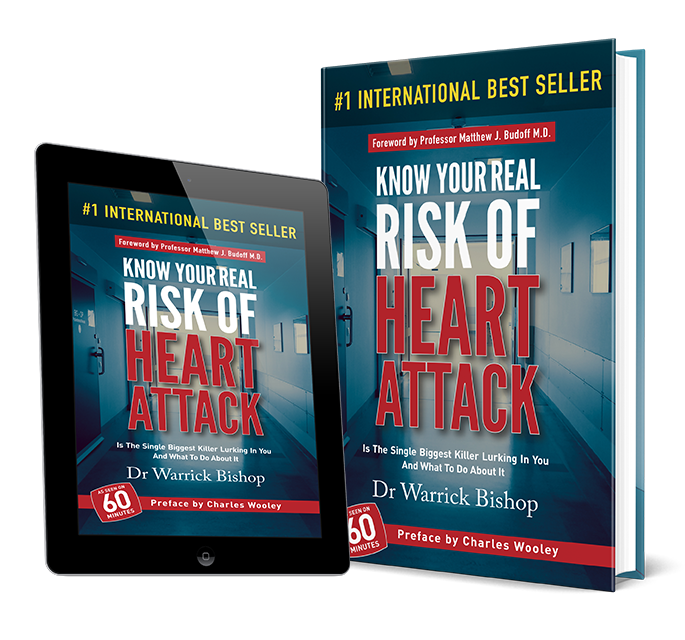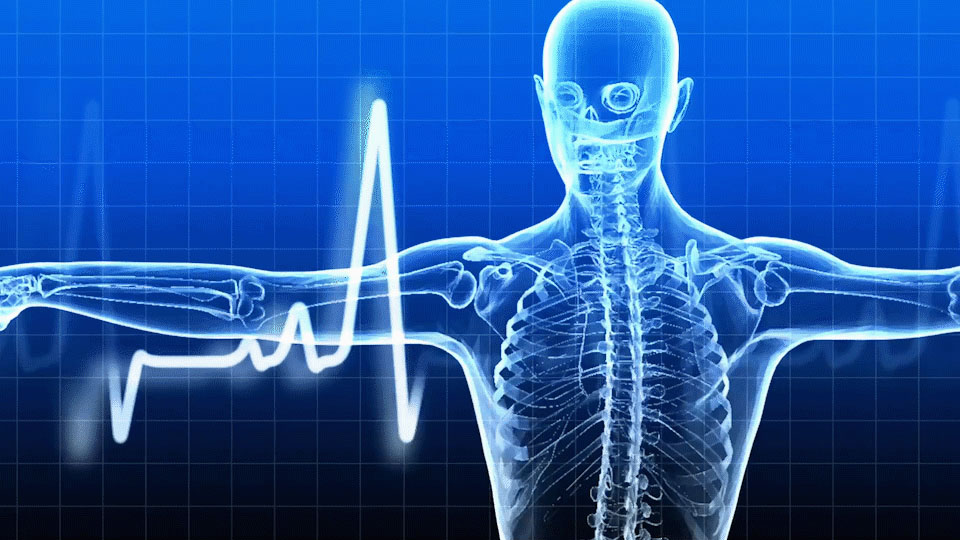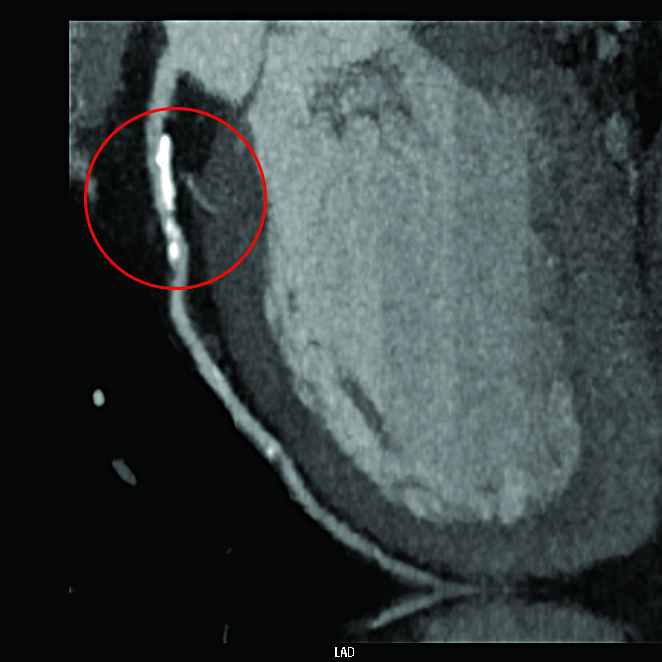
Heart Attacks Can Be Prevented!
Heart disease is the number one killer in the Western World
Being fit and healthy is no guarantee that the arteries in your heart are in good shape. With a mixture of latest technology that few even in the medical profession are aware of and a world-renowned Cardiologist Doctor Warrick Bishop make us global leaders in this simple and effective strategy. We believe you can prevent a heart attack. We can put in place strategies to reduce risk. We can literally plan to change your future...
The key to avoiding heart disease and heart attacks is preventing the event in the first place. In less than 5 minutes discover your personal risk of a heart attack right now by clicking below.






